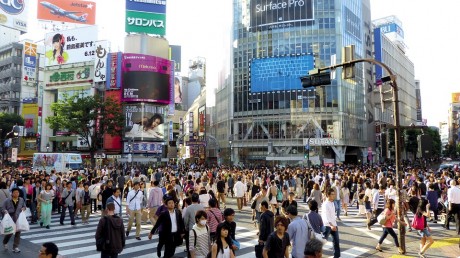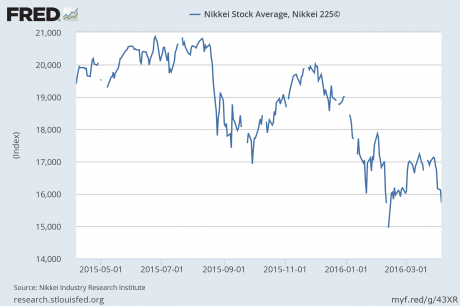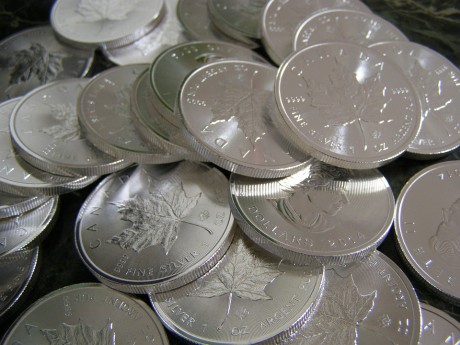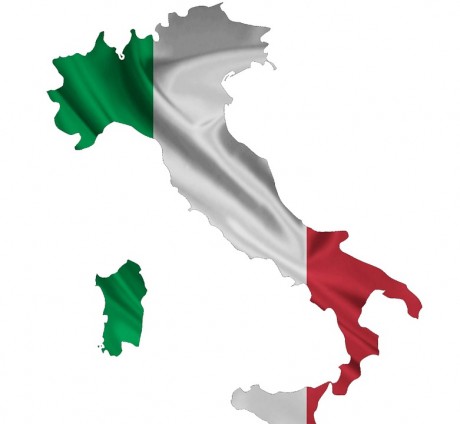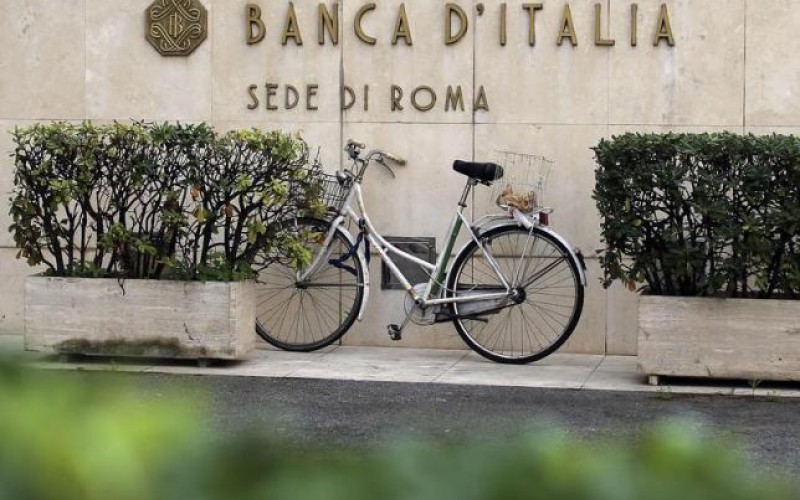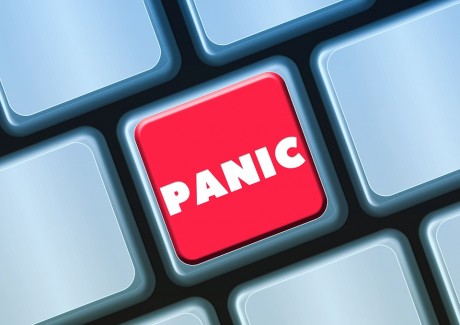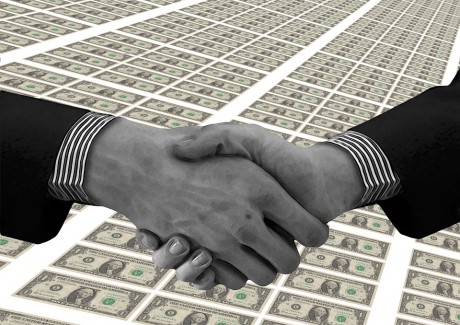 The Dow closed above 18,000 on Monday for the first time since July. Isn’t that great news? I truly wish that it was. If the Dow actually reflected economic reality, I could stop writing about “economic collapse” and start blogging about cats or football. Unfortunately, the stock market and the economy are moving in two completely different directions right now. Even as stock prices soar, big corporations are defaulting on their debts at a level that we have not seen since the last financial crisis. In fact, this wave of debt defaults have become so dramatic that even USA Today is reporting on it…
The Dow closed above 18,000 on Monday for the first time since July. Isn’t that great news? I truly wish that it was. If the Dow actually reflected economic reality, I could stop writing about “economic collapse” and start blogging about cats or football. Unfortunately, the stock market and the economy are moving in two completely different directions right now. Even as stock prices soar, big corporations are defaulting on their debts at a level that we have not seen since the last financial crisis. In fact, this wave of debt defaults have become so dramatic that even USA Today is reporting on it…
Get ready to step over some landmines, investors. The number of companies defaulting on their debt is hitting levels not seen since the financial crisis, and it’s not just a problem for bondholders.
So far this year, 46 companies have defaulted on their debt, the highest level since 2009, according to S&P Ratings Services. Five companies defaulted this week, based on the latest data available from S&P Ratings Services. That includes New Jersey-based specialty chemical company Vertellus Specialties and Ohio-based iron ore producer Cliffs Natural. Of the world’s defaults this year, 37 are of companies based in the U.S.
Meanwhile, coal producer Peabody Energy (BTU) and surfwear seller Pacific Sunwear (PSUN) this week filed plans for bankruptcy protection. Shares of Peabody have dropped 97% over the past year to $2 a share and Pacific Sunwear stock is off 98% to 4 cents a share.
A lot of big companies in this country have fallen on hard times, and it looks like bankruptcy attorneys are going to be absolutely swamped with work for the foreseeable future.
So why are stock prices soaring right now? After all, it doesn’t seem to make any sense whatsoever.
…click on the above link to read the rest of the article…




